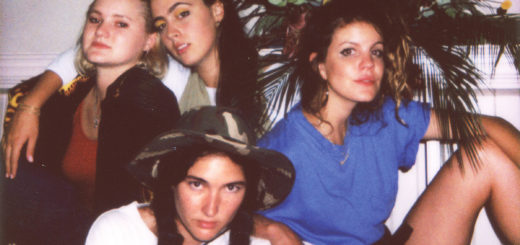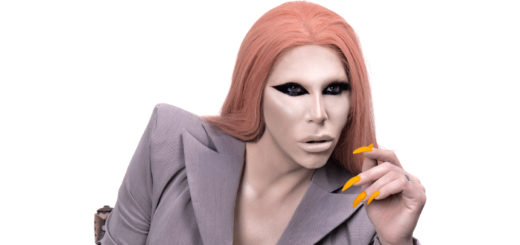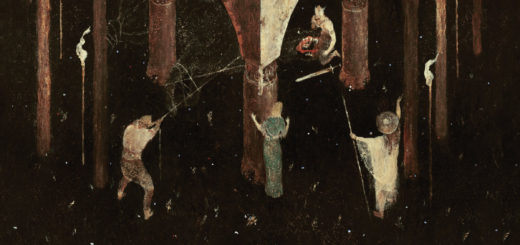Interview: Peaks
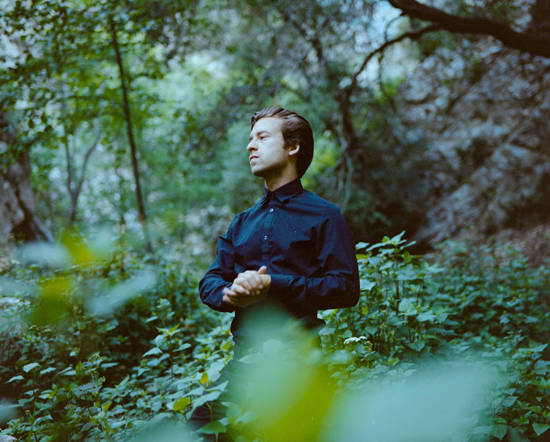
Ethereal and spacious, Los Angeles-based producer Peaks’ newest project, PATTERNS, is a fully-realized debut EP, an electronic odyssey with a healthy sprinkling of fleshed-out vocals throughout. There’s a great sense of emotion and airiness, but singer and producer Matthew Greiner never slips too far into self-indulgence, and avoids becoming too bogged down by his influences. PATTERNS sounds like an expertly woven love letter to early 2010s electronic music, while taking tidbits and parts from various contemporaries along the way. There is often an irresistibly dancy groove, as on the EP’s second track “Gray,” which opens with a muddy and wobbly bass that harmoniously pairs with screeching synths and a symphony of dreamy vocals, making it fit right in with a macabre warehouse dance party. I had the opportunity to pick Greiner’s brain about the nitty-gritty details of the thought process going into the conception and realization of PATTERNS, which is out now. You can listen to it below.
Will Turmon: The sound you’ve displayed on PATTERNS is very reminiscent of early 2010s electronica and R&B but with a more modern spin, was there a point of influence going into crafting your sound?
Matthew Greiner: I think that, like a lot of things, it’s a process that you have to work through and it takes a lot of time to find. Growing up, I listened to a lot of cheesy dance music and electronica, but also rock and alternative, and I was messing around with some of my own songs, using loops and stuff, but never really took it seriously. Then, in 2007, when I was a junior in High School, Radiohead released their IN RAINBOWS for free, and it was the first time I’d ever really heard their music, but I was totally consumed by the experimental sound of it. Around that same time, my friend Dustin Hopkins, who actually designed the cover art for PATTERNS, was turning me on to early UK dubstep, and stuff like Flying Lotus was starting to take off . . . that was kind of it until I went to college and met my friends, Tucker and Panos, who were making music using Ableton Live and synthesizers and introduced me to stuff like Modeselektor, Caribou, and Mount Kimbie, so I guess the early 2010s is pretty much right on the money. A lot of those sounds were what made me want to seriously start producing music, because it felt fresh and accessible to me, so that’s kind of where it began and then overtime, with a lot of trial and error, it evolved into what it is now. As for R&B, I’m not too sure. I guess I’ve always enjoyed vocal harmonies, so it found its way into the mix.
WT: You mentioning the cover art made me think about how often album artwork is not discussed, and I would be interested to hear your process of going about working with Dustin Hopkins. It has a real abstract quality to it, making it seem almost like a collage, what inspired you to choose the work?
MG: Dustin is someone I’ve known since 5th grade, back in Washington State where we both grew up, so it was really cool to get to collaborate on the artwork with him. Since we were both in High School, he’s been making these really cool, alien-looking, hand-drawn patterns, but a few years ago they really started to pop out at me. So when I was thinking about what to use as cover art, it seemed like a natural thing to use. I sent him the EP and let him run with it for awhile, and he came up with a few designs and I ended up choosing the one that I thought felt represented the energy of the work best. It looks pretty abstract, but I liked the way it made me feel as a pairing with the music, and I wanted the songs to speak for themselves. You can see more of his work on his Instagram.
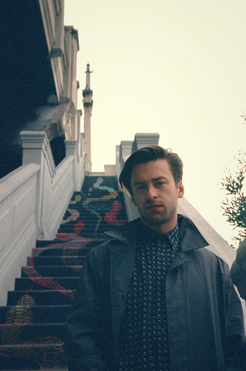
WT: So the soundscapes on PATTERNS are really layered, with the vocals often acting as another instrument in the mix; was there any reason for that?
MG: I think I started doing that because I always felt like I wanted to use my voice somehow, to make it my own, but in the beginning I really had no intention of writing songs with lyrics and singing on them. I just thought I was going to make some kind of dance music or “beats,” for lack of a better word. So, I was cutting up, stretching, and reversing vocal samples to make new sounds before I ever got close to setting up a mic and recording myself singing anything. I guess that’s one of the things that surprised me along the way. I discovered that I had a need to express myself in that way, but I didn’t know that going into it. For me, it’s always been about the entire production because of the route that I took getting into this. I’ve never been in a band. I never thought about my songs as vehicles for the lyrics really, but more of a cumulative expression or an environment, I guess, and the emotion that I get from that environment usually informs the lyrics, rather than the other way around. Some things have been changing lately though, so who knows?
WT: That definitely relates with the bands you’ve listed: Radiohead and Mount Kimbie in particular are some of my favorites, with Modeselektor branch-off, Moderat, being another. I can definitely see those influences running within your music but you make a sound all your own from it. With a lot of the tracks, there are large instrumental portions along with lyrical ones, switching off intermittently. What made you choose to strike this balance between the two, rather than going fully instrumental such as on the opening track, “Intro,” or vice versa?
MG: Well, to begin with, “Intro” was part of “Gray,” but at some point, it started to feel like its own thing, and I’m glad it did because I feel like it helped set up the atmosphere for the other songs. The balance of lyrics vs. instrumentals is something I’m always trying to understand, so it was less of a choice and more of a conclusion I reached in the end, intuitively. I tend to put a lot of weight on words, so they end up sparse, sometimes, because I feel like it’s hard to think of much else when you hear a human voice on a track and that’s not the only experience I’m interested in creating. Ultimately, though, I think instrumental sections and vocal sections affect a listener in different ways; instrumentals [are] more primal and visual, while vocals, naturally, feel like receiving some kind of direct, human connection, so they’re just different tools for different results. I really enjoy getting lost in the instrumentals, personally, and have a love for percussive sounds in their own right, so I think that will always affect the work.
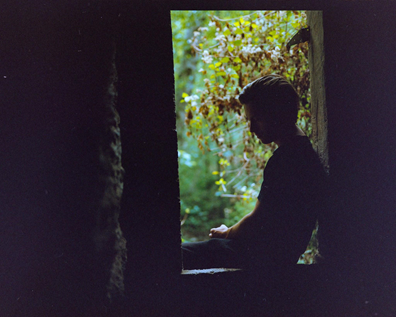
WT: From here on out, do you seek to do more instrumentally-driven yet longer and more trance-like electronic music, being that you seem to enjoy creating and listening to music that has a somewhat drone-like quality to it?
MG: I’ve been working on new music since I completed the EP, and it feels different, which is to be expected. But I can’t really say too much about it just yet until it’s done . . . It’s certainly electronic, but it’s still taking shape, and as much as I can go into a song or project with a lot of intention about how a song should sound or feel, I try to stay open to it changing or moving in different directions.
With most of PATTERNS, especially on the closing track, “Andrew,” you refer to an unknown individual within the lyrics that you almost seem to be talking to, speaking of things that they seem to be struggling to do (“Hop off your knees / quit making a scene / your number’s been called / you put up a fight”). Is there anything in particular that influenced these lyrics and subject matter, and does it reflect the choice to name the song “Andrew” as well?
MG: Yeah, there’s a lot to unpack with this one, but essentially I wrote that song about a cousin of mine. He was someone who was very close to me as a child, and I looked up to him a lot, that passed away when he was around the age of 15 (I must have been seven or so). It was a pretty tragic and haunting event that for the most part has left my mind, but still has a weird way of presenting itself at unexpected moments in my life. With this song, in particular, it started with the kind of harsh synth pad you hear in the beginning, and when I started to write the piano melody, it kept taking me to this place in my mind, so eventually it was that memory and feeling that guided me through the rest of it. You know, it isn’t always like that for me, as someone who is routinely over-thinking things, but when it is, I try to stop constructing as best as I can and just listen to the emotion of it.
You can check out PATTERNS right now on Bandcamp.

